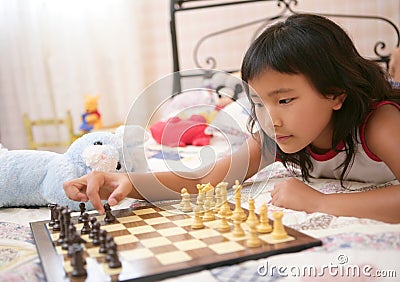

Dungy states her central idea in paragraph 16 when she says, “Scholars are researching the poems, and people and poets like me, who need to believe in the power of poetry to speak beyond the here and now, can stand in front of those walls and understand the power of poetry; to calm, to communicate, to commiserate, and to conserve.” I think that the author is explaining how people were able to connect their experiences through poetry. Immigrants were treated poorly but in particular, the Chinese. They used poetry to express how they were feeling. Other immigrants read these poems that were etched on the wall and were able to relate to their feelings as well. Lonely, weary, lost. Later on in history, people who discovered this art worked on translating it. Translators were able to help others that didn’t go through the experience of immigration connect and understand. The author tells the reader how poetry is powerful and helps “calm” other immigrants, “communicate” with people today, help people “commiserate,” and “conserve” this sacred, memorable art.
Supporting Detail Examples:
Statistic:
“Someone walked through the detention center and recognized the language, recognized the poems, the hundreds of poems that documented the lives of nearly 175,000 people.” This makes the reader realize how many immigrants wrote poems expressing their loneliness and sadness. They wrote these poems to share their experience with other immigrants. They didn’t know this at the time, but they were helping people today connect with their feelings.
Reasoning:
“Likely separated from friends and family by thousands of miles and piles of bureaucracy , these writers turned to the ancient tradition of public poetry to reconstruct their sense of self.” The author doesn’t know that writers turned to public poetry to reconstruct their sense of self for sure, but she can assume that they did. I understand how this shapes the central idea. Due to the stress of traveling and being away from home, immigrants turned to poetry for comfort.
Description:
“The air on the is by turns foggy and cool and salty and warm. There are moss roses and fragrant stands of eucalyptus. You might call it beautiful, but you are a detainee, not a vacationer, and you are very far from any place that you could call home.” This quote from the story, The Writing on the Wall, helps develop the central idea of the story by explaining how the outside of America seemed inviting and perfect but on the inside, it is crucial and lonely. Immigrants were “detainees” and it would be a hard adjustment. I can see how immigrants would turn to poetry to release their emotions.
Facts:
“The Chinese immigrants, in particular, raised with a tradition of public poetry, composed carefully crafted verses that drew on Classical traditions, forms, and allusions.” Chinese immigrants engraved their poems on the wall, due to their mixed emotions on their experience. This was their escape, which contributes to the central idea. The Chinese immigrants, in particular, must have used poetry to comfort them since it was a tradition at their home. This art was preserved, and if it had not been, then no one to this day would understand the conditions immigrants were in.



